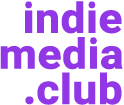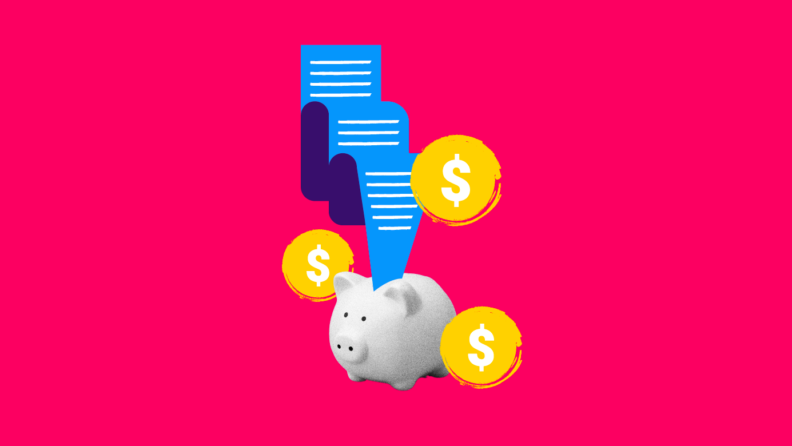When it comes to content monetization, many brands and publishers tend to think too small. There is more to creating a monetization model than simply slapping on some affiliate marketing, sponsored content, and building a revenue stream from views, clicks, and purchases.
At the heart of every brand or business are content creators who work on social media, podcasts, content marketing, or any other marketing vertical to generate brand awareness and multiple revenue streams. This can all be funneled towards one primary product or service, but you can still capitalize on opportunities to monetize content about that product or service.
If your brand has ever posted on social media, made a YouTube video, or sent an email, then there is a way for you to capitalize on that content and monetize it in some way.
In this article, we will define content monetization, assess how most content is monetized, and discover some content monetization methods you didn’t even realize existed.
What Is Content Monetization?
Content monetization is making a profit from the digital content that you have created. Whether that digital content is an ebook, a video, an online course, a post on your blog, premium content for clients, etc., the type of media doesn’t matter as much as the process of considering how each piece of content can be monetized effectively without diminishing the value of the content.
Many content monetization methods aren’t quite as bombastic as others may be. However, consistent content marketing efforts can lead to content monetization platforms growing slowly over time.
What starts as a slow burn can suddenly become a dependable revenue stream for your brand. All it takes is understanding how you can maximize the content monetization platforms that make the most sense for your brand.
How Is Content Monetized?
Before diving into content monetization methods, we need to understand how exactly content is monetized in the first place. Essentially, there are two types of content monetization methods:
- Commission-based
- Fee-based
Now, this is a generalization to try and encompass all the various methods of monetizing your content, but they mostly all fall under one of these two monetization structures.
In the following sections, let’s outline some of the most common ways content is monetized, which content monetization structure they align with, and hit on a few spectacular examples of content monetization platforms you could consider for your brand.
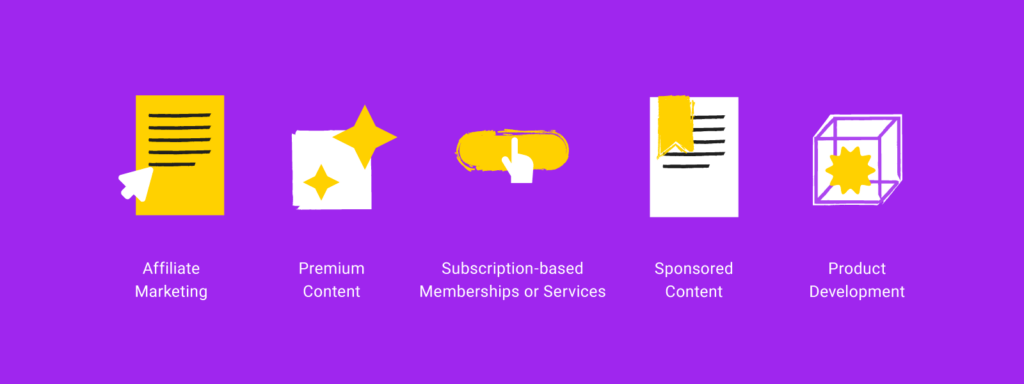
The five most common content monetization methods are:
- Affiliate marketing
- Subscription-based memberships & services
- Premium content
- Sponsored content
- Product development
Affiliate Marketing
Affiliate marketing is, by far, one of the most common methods of content monetization, with nearly 83% of brands utilizing affiliate marketing to grow their own revenue streams. (Please note: This statistic is for brands creating affiliate marketing opportunities, not using them as a content monetization method.)
Affiliate marketing falls firmly within the commission-based content monetization structure. Amazon is one of the most well-known and common affiliate programs used by millions of content creators globally.
However, in the content for your brand, you could also work directly with brands with whom you naturally interact, or customers regularly purchase from in conjunction with your product or services.
For example, think of how you will see sales at your local grocery store for chips and salsa when purchased together. Retailers understand that chips and salsa are rarely purchased separately, so by the brands agreeing to offer a discount when one is purchased with the other, both of them will see increased revenue.
Affiliate marketing does not necessarily have to be done through an affiliate program, ad network, or even with the help of social media influencers. Strategic partnerships can be a part of your affiliate marketing and content monetization strategy.
Subscription-based memberships or services
Subscription-based memberships and services fall under a flat-fee content monetization structure because they expect some set amount of payment to receive goods, a service, or access to something.
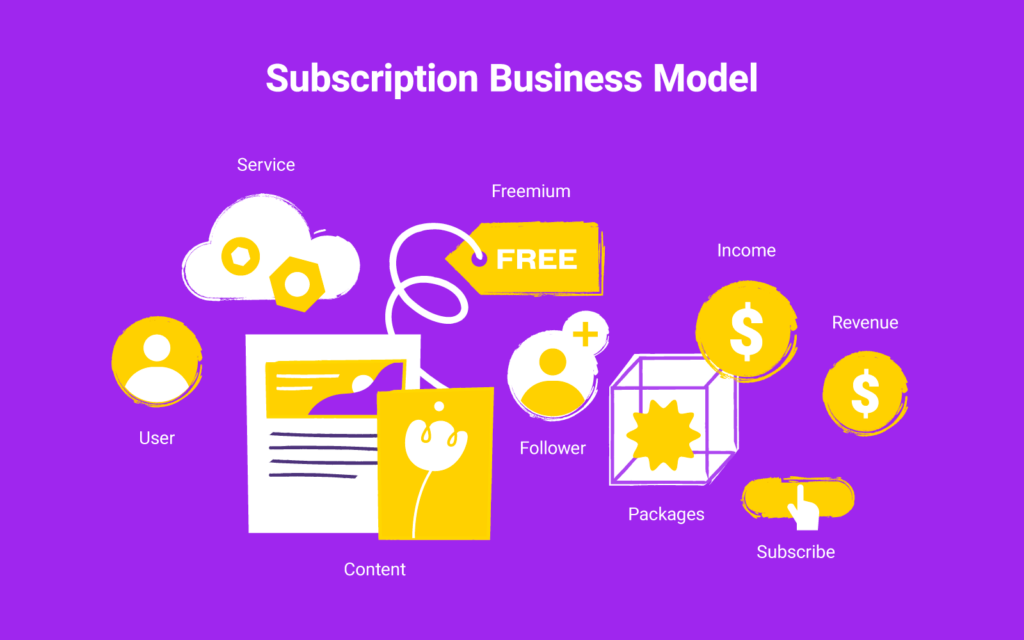
Many brands and solopreneurs use this content monetization model by creating masterminds, online content in communities, or even coaching groups. Suppose your brand is positioned to not only sell a product or a service but also create new content centered around thought leadership. In that case, building a subscription-based digital community makes sense.
For those working directly in digital media and publishing, this is one of the simplest ways to take the premium content you are already creating and package it so you can monetize your content.
Let’s take a quick look at some content monetization platforms you probably already know but maybe aren’t using strategically for monetizing your brand’s content.
Mighty Networks
Mighty Networks is an app for building digital communities. You can build online courses within a Mighty Network community as well as incorporate videos, webinars, in-depth blogs, and so much more. Set your pricing so that the high-quality content is gated entirely or allows some level of access for free.
Positioning your digital community as a place where you can have access to an archive of content, get early access to future content, or even see products and services being built in public is an incentive to place a higher price tag for the value the customer gets out of it.
From there, content can be repurposed, restructured, or sent out exactly the same later for non-members of your digital community.
Slack
Slack functions similarly to a digital community platform like Mighty Networks but is almost entirely text-based. It functions much more as an open forum chat room where people can gather and discuss topics in which your brand may be considered a thought leader.
The content monetization structure of Slack tends to be centered around a paywall where features are unavailable, or archives are limited until a certain subscription fee is paid. Your brand can keep this cost lower at a monthly rate, and it requires no extra work for your brand to create new content, just keeping the community in check and conversing on specific topics.
Premium content
When it comes to premium content, there aren’t many formats outside the flat-fee content monetization structure. Paywalls or simply packaging the premium content as a digital product directly are your only options to monetize premium content.
Bloggers take advantage of premium content features by offering long-form pieces of content that might interest their readership. Online courses are another type of premium content for brands that work with a demographic interested in learning and furthering their own education or skills.
Creating premium content is one of the most direct ways to monetize your content. Brands who have streamlined their content creation need to create the content, adjust the pricing based on the value provided, package it appropriately, and send it out.
Substack
Substack is a content monetization platform that has been around for a while but isn’t widely used by digital media brands and publishers. Substack combines email marketing with content creation and distribution in a beautiful way.
Substack centers its content creation around “posts” that will go out to an email list. However, rather than linking or creating a separate Patreon account (which means you will likely have to create another layer of content for patrons), you can pay a subscription-based fee to your Substack.
With this functionality, you can create premium content that scales as you grow your readership while creating the same content. You can take it one step further and have free content readily available while adding a paywall for subscribers' eyes only.
You can run a lot of your brand's email marketing through Substack (although with far fewer metrics and data collection—you can track some click-through rates at least), but the ability to also create video and podcast channels into your Substack channel makes it a great content monetization platform as well as a content distribution platform.
Sponsored content
Sponsored content is a flat-fee content monetization structure commonly found in podcasts, social media influencer posts, and blog content. Much of the time, it also comes along with specific product placements in videos, too. Ultimately, it’s a type of branded content for a brand other than your own.
Editor’s note: Want to learn more? We have an incredible guide on sponsored content just for streamers.
Another brand will pay a fee to have a piece of content created specifically around its product or service. There is a lot of variety in sponsored content, but what sets it apart from display ads is the rest of the content surrounding the sponsorship.
If you want to monetize with ads, then setting up Google AdSense is all you need to do. To do a piece of sponsored content correctly, the brand paying for the sponsored content needs to consider the fact that the followers of the content creator are only going to be frustrated if too much time is given to discussing their brand or product.
Carefully consider how you have seen YouTube video “sponsors” appear on your favorite channel. They are more likely short ad spots placed in the video. They don’t take up the entire video or demand the entire video be about what these providers can offer.
Sponsored content can be tricky to get right for your brand, so you have to think carefully about what your customers, followers, and readership consider valuable.
Strategic sponsored content
Unfortunately, in the urge to create content monetization methods that will become a significant revenue stream, many content creators, brands, and publishers neglect to be strategic about their sponsored content.
Carefully consider what brands you want to be associated with and what other brands might be valuable to those you are reaching. Earlier in this article, we discussed choosing your affiliate marketing partnerships carefully, and the same is true for your sponsored content.
Product development
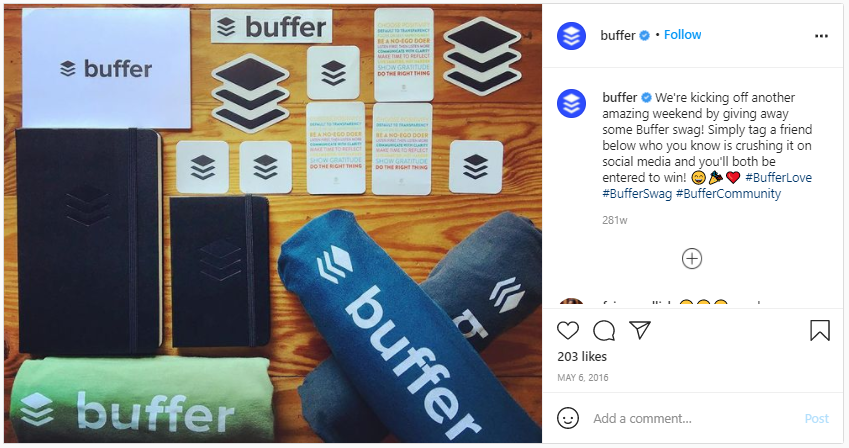
This might seem strange for those in the digital media space, but including product development as part of your content monetization strategy can be rewarding and be a surprising revenue stream for some.
Some of the most popular YouTubers in the world have physical merchandise. Many popular podcasts create merchandise as a type of exclusive content for their followers and subscribers.
For example, there is a family of podcasters known as The McElroy Family who has created a whole series of merchandise that rotates each month and centers around the various topics and anecdotes of their podcasts.
Digital media brands and publishers don’t have to be held back by not creating physical products.
Product-based referral program
While you may consider physical products as a flat-fee content monetization structure, that is only half-true. If you create physical products as part of a referral program, for example, they can rapidly become a part of your subscription-based content monetization model!
As long as you are upfront with your readership about how your partner program works and how they can earn or gain these physical product rewards, it can be an incredible way to expand your brand growth.
How to Monetize Your Content at Any Stage
Content monetization can be so much more than throwing some display ads on your blog or reading out audio ads on your podcast. With creativity, strategy, and careful attention to detail, you can monetize your content for any stage of your brand’s development.
Content monetization for solo content creators
If you are a solopreneur, then it makes the most sense to begin creating content that aligns with your long-term goals and focus on creating a revenue stream that makes sense for you.
Typically, this will be commission-based content monetization structures like YouTube (or other viewer-based options), social media, and affiliate marketing.
Take a look at options that will scale well so you have the flexibility to grow and expand as necessary:
- Affiliate marketing partner programs like Amazon
- TikTok and Instagram for creating a following as a social media influencer
- Building a readership on a blog or Substack and creating sponsored content and paywall premium content
Content monetization for digital media and publisher startups
For media and publisher startups, you likely already have some type of revenue stream in place and are looking to increase or create new income streams for your brand. With this in mind, you already have some kind of following and can focus on building out content monetization a little more aggressively.
In the startup phase, quick wins that can scale or get restructured later on are vital to your success and future growth. Focusing on a flat-fee structure where you can scale makes much more sense than trying to pivot and focus on growing commissions from other brands to get started. Carefully consider these content monetization platforms:
- Creating premium and exclusive content that you can control at scale (gated content, digital products, etc.).
- Start thinking through how to kick off your content marketing within a subscription-based membership via Slack or a membership site like Mighty Networks.
While these take more time at the front end, as your audience grows and you continue to build content around this content, you will be able to monetize your content pieces at a much more manageable scale over time. Plus, you can adjust pricing as premium or exclusive content pieces seem to become more valuable to your community.
Content monetization for the messy middle
If you find yourself not quite in one camp or the other, then you might be in “the messy middle” or even in a “hybrid” position.
Maybe you are a solopreneur with contractors helping you manage everything. Maybe you are a larger company that is only now considering content monetization.
For brands and publishers in this spot, you need to think carefully about what value you can provide to your potential customers and how to manage your content creation effectively.
If you are primarily doing video content, it might not make sense or bring value to start focusing on Substack. On the flip side, if you are a blogger with thousands of page views a day and a team of contractors helping you keep pace, it won’t make sense to start adding premium audio and video content for your followers.
Ultimately, you need to decide on one primary content monetization structure and stick with it until it runs like a well-oiled machine:
- Commission-based (affiliate marketing and sponsored content)
- Flat-fee-based (subscription-based memberships and premium content)
- Then, start to consider how much effort it would take/value it would bring to incorporate physical products as part of your content monetization
Monetize Your Content Like the Best in the Biz
If you are excited about the various ways you can monetize content that you never knew, then welcome to the club. The possibilities are only capped by your creativity and your ability to spend time on your content creation.
If you want to keep learning more about content monetization, then make sure to stay up to date and subscribe to Indie Media Club.
What do you think? Do you have other questions about content monetization? Leave us a comment and let us know what you think and what you wish we had covered, or feel free to ask anything else about content monetization.
